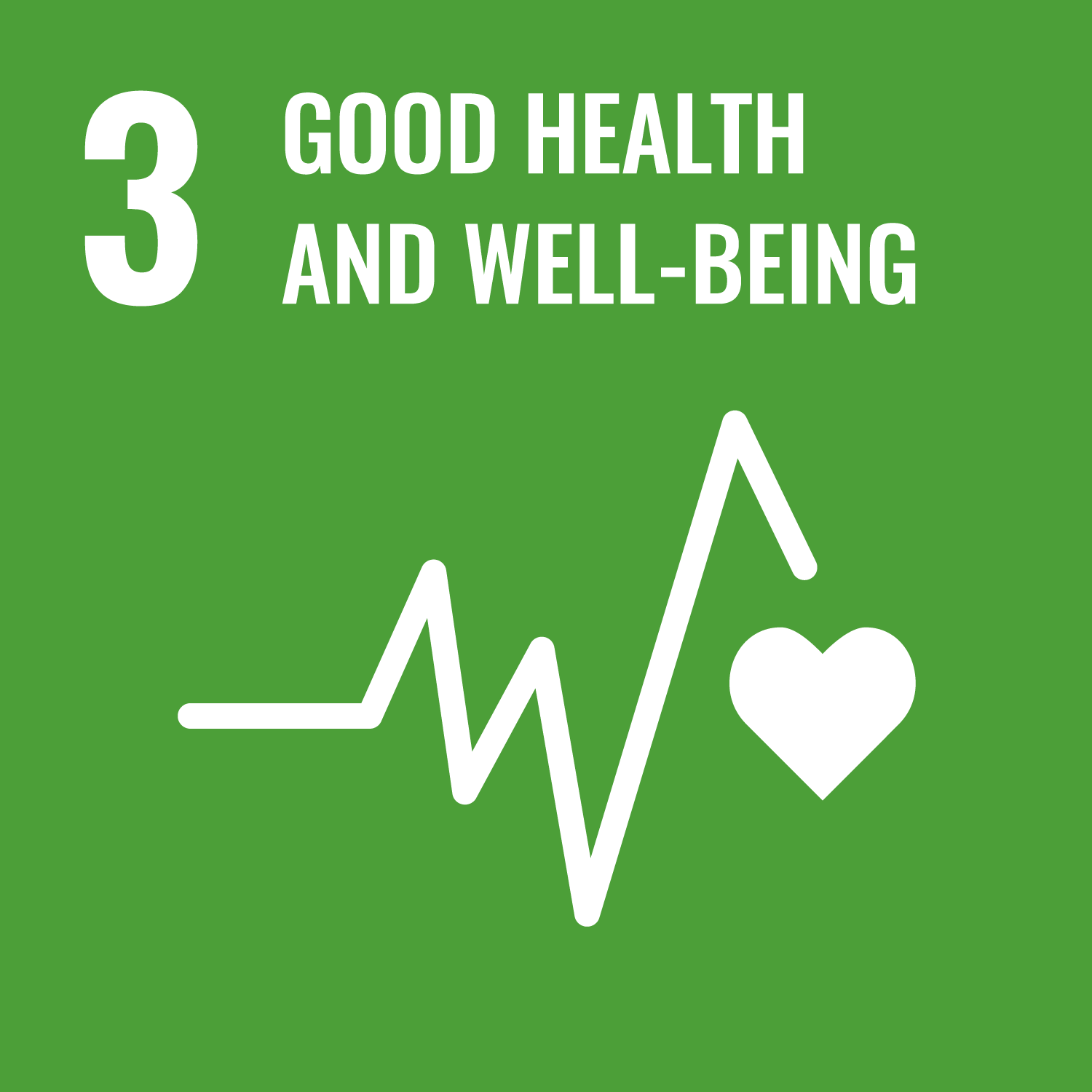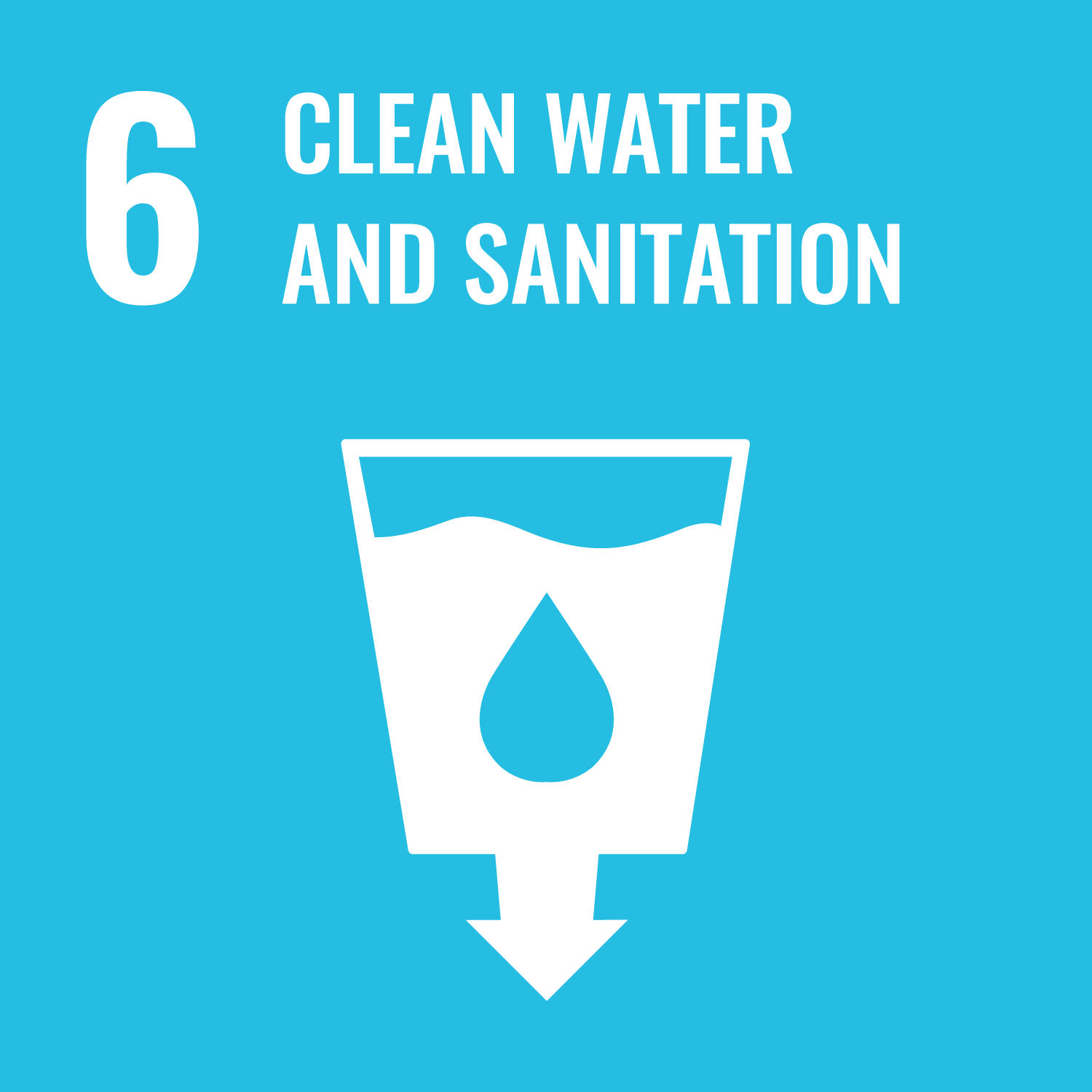ORCID
- Kim J. Ward: 0000-0002-7743-8946
- Will H. Blake: 0000-0001-9447-1361
Abstract
Anthropogenic contamination has been detected in glacial and proglacial environments around the globe. Through mechanisms of secondary release, these contaminants are finding their way into glacial hydrological systems and downstream environments, with potential to impact hundreds of millions of people who rely on glacial meltwater for water, food and energy security worldwide. The first part of our progress report outlined the sources and accumulation mechanisms of contaminants in glacial environments (Part I: Inputs and accumulation). Here we assess processes of contaminant release, pathways to downstream environments, and socio-environmental consequences. We reflect on the potential impacts these contaminants could have for human, ecosystem, and environmental health, as well as framing glacial contaminants within the context of the water-food-energy nexus. Improved understanding of these processes and impacts, while crucially embedding local knowledge, will help to develop key policy and mitigation strategies to address future risk of contaminant release from glaciers.
DOI Link
Publication Date
2022-09-26
Publication Title
Progress in Physical Geography: Earth and Environment
ISSN
0309-1333
Acceptance Date
2022-09-02
Deposit Date
2022-09-29
Embargo Period
2022-10-01
Recommended Citation
Beard, D., Clason, C., Rangecroft, S., Poniecka, E., Ward, K., & Blake, W. (2022) 'Anthropogenic contaminants in glacial environments II: Release and downstream consequences', Progress in Physical Geography: Earth and Environment, . Available at: 10.1177/03091333221127342




